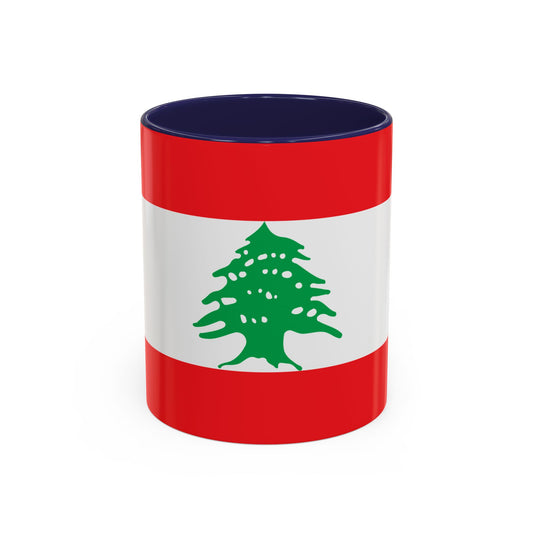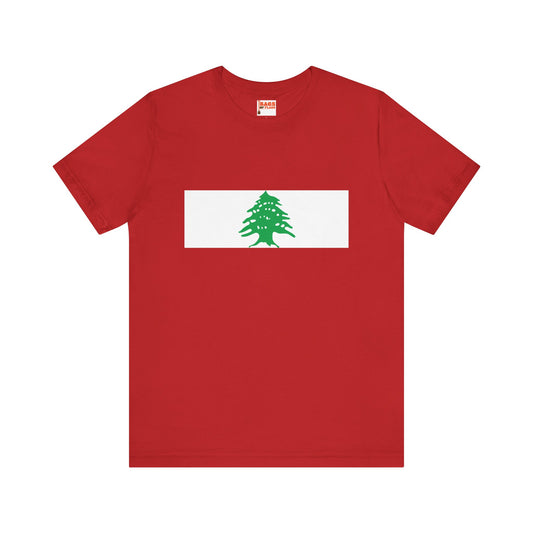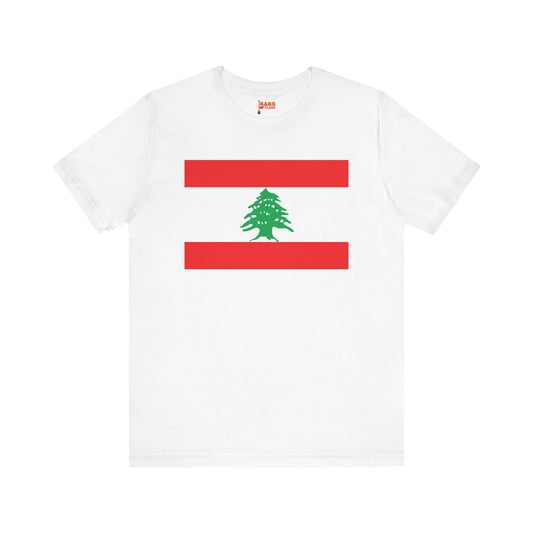-
Lebanon Sweatshirt
Regular price $34.15 USDRegular priceUnit price / per -
Lebanon Flag Sweatshirt
Regular price $34.15 USDRegular priceUnit price / per -
Lebanon Inspired Sweatshirt
Regular price $34.15 USDRegular priceUnit price / per -
Lebanon Pillow
Regular price $22.65 USDRegular priceUnit price / per -
Lebanon Backpack
Regular price $59.79 USDRegular priceUnit price / per -
Lebanon Leather Patch Hat
Regular price $18.85 USDRegular priceUnit price / per -
Lebanon Mug
Regular price $11.65 USDRegular priceUnit price / per -
Lebanon Trucker Cap
Regular price $14.90 USDRegular priceUnit price / per -
Lebanon Hoodies
Regular price $34.40 USDRegular priceUnit price / per -
Lebanon T-shirts
Regular price $22.79 USDRegular priceUnit price / per -
Lebanon Inspired Hoodie
Regular price $34.40 USDRegular priceUnit price / per -
Lebanon Inspired T-shirt
Regular price $22.79 USDRegular priceUnit price / per -
Lebanon Flag on Hoodie
Regular price $34.40 USDRegular priceUnit price / per -
Lebanon Flag on T-shirt
Regular price $22.79 USDRegular priceUnit price / per
Collection: Lebanon
The Lebanon flag, also known as the flag of Lebanon, symbolizes pride and patriotism for the people of Lebanon. This flag features a unique design and colors that hold significant meaning. We will explore the flag's history, symbolism, current relevance, and additional facts.
Overview of the Lebanon Flag

The Lebanon flag boasts a distinctive design characterized by three horizontal bands of red, white, and then red, with a green cedar tree centered in the white stripe. This tricolor scheme is not just about aesthetics; each color and the cedar tree carry deep-seated meanings reflective of Lebanon's identity and aspirations. The top and bottom red stripes testify to the Lebanese people's courage and their sacrifices in the quest for freedom.
Sandwiched between these symbols of bravery is a white stripe, signifying the peace and purity that Lebanon strives for. The green cedar tree is central to the flag, arguably its most defining feature. This ancient symbol, deeply rooted in the country's history, stands for holiness, eternity, and peace, embodying the essence of Lebanon's spirit. This symbolic design not only distinguishes the flag visually on the global stage but also embeds within it the collective memory, hopes, and resilience of the Lebanese nation.
Historical Context of the Lebanon Flag
Adopted on December 7, 1943, amid the enthusiasm for gaining independence from French colonial rule, the Lebanon flag was birthed as a beacon of sovereignty and self-determination. The design, conceived by Henri Pharaoun, a prominent figure in Lebanese politics, came when Lebanon was redefining its national identity. This period it marked a crucial juncture in the country's history, transitioning from a French mandate to an independent republic.
The adoption of the flag signified the culmination of Lebanon's struggle for independence and represented the hopes and aspirations of a nation eager to chart its own course. The selection of specific symbols and colors was deliberate, aiming to encapsulate the essence of Lebanese heritage and the universal values of freedom, peace, and resilience. This era was pivotal in fostering a sense of unity and patriotism among the Lebanese people, with the flag as a constant reminder of their shared history and collective ambition for a prosperous future.
Symbolism Embodied in the Flag

The cedar tree is at the heart of the Lebanese flag's symbolism, a national emblem deeply ingrained in Lebanese culture and history. This ancient symbol transcends national identity to embody immortality, peace, and resilience. It serves as a vivid reminder of the Lebanese spirit, capable of withstanding the tests of time, much like the majestic cedars that have flourished in the country for millennia. Surrounding the cedar, the flag's colors further enrich its meaning. The red stripes encapsulate the sacrifices made by the Lebanese people in their enduring quest for freedom, painted with the bloodshed of past generations.
These bands of red symbolize the struggles endured and the courage and bravery inherent in the nation's character. Contrasting sharply with the red, the central white stripe offers a stark representation of purity and peace. It acts as a canvas of hope, illustrating Lebanon's aspirations towards a future marked by tranquility and harmony. Together, these elements—each with its significant message—intertwine to form a flag that is not just a national emblem but a narrative of Lebanon's past, present, and aspirations for the future.
Current Relevance of the Flag
Today, the Lebanon flag continues to be a powerful symbol within the nation, proudly flown at national events, observed in military ceremonies, and respected in various official settings. Its presence is a constant reminder of the country’s rich history and the unbreakable spirit of the Lebanese people. Despite its storied past, the flag's significance extends into contemporary issues, becoming a beacon for unity and collective identity amidst political divisions. It frequently adorns public demonstrations and protests, emblematic of the citizens' calls for justice, reform, and national solidarity. The flag transcends political affiliations, standing as a symbol of hope and resilience against challenges faced by the nation.
The flag's omnipresence in everyday life underscores its enduring relevance. From classrooms to public buildings, and even in digital spaces, the Lebanese flag fosters a sense of national pride and belonging. However, its use in political contexts has sparked discussions on whether its meaning has been diluted or misappropriated by various factions. These debates highlight the flag's complex role in Lebanon's social fabric, underscoring its importance not just as a national emblem, but as a living symbol of the country's ongoing narrative. In these contentious times, the flag remains a potent symbol of the people's aspirations for a united and peaceful Lebanon, making its relevance in the modern day as significant as ever.
Additional Facts about the Lebanon Flag
The protocol surrounding the display of the Lebanon flag is steeped in tradition and respect. Notably, when hung or raised, the flag must be positioned to ensure the cedar tree is oriented correctly, symbolizing the forward-facing nature of the country and its people. A unique aspect of the Lebanese flag protocol is its steadfast position at full mast. Unlike many nations that lower their flags to half-mast during periods of national mourning, Lebanon maintains its flag at full height. This practice underscores the indomitable spirit of the Lebanese, reflecting an enduring resilience and refusal to be subdued by adversity.
Another intriguing fact about the Lebanon flag is its enduring design, which has remained unaltered since its official adoption in 1943. This constancy makes it one of the few national flags worldwide to have preserved its original form for nearly eight decades, a testament to the timeless values and aspirations it embodies. The flag’s unchanging design serves as a perpetual reminder of the country’s rich history and the continuity of its national identity amidst the ebb and flow of political and social changes. This aspect of the flag highlights not only the deep historical roots of the Lebanese nation but also its ongoing narrative of resilience, unity, and hope.




























